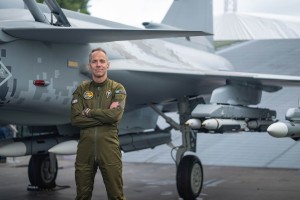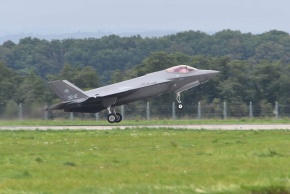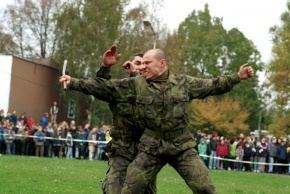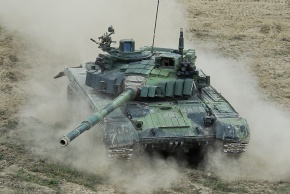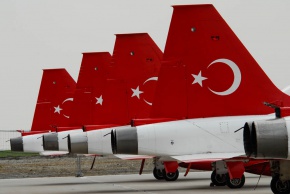News
Everything is a calculated risk // Humans of NATO Days
If you watched the English stream on Sunday, you could hear him commenting on the Gripen E display. It was his good friend flying. He personally spent 23 years as a member of the Swedish Air Force and is currently a Gripen test pilot. But what was his journey to get there? And how do a test pilot's and a military pilot's jobs differ from one another? Is it dangerous? Jussi Halmetoja, Operations Advisor, Air Domain and test pilot of Gripen E from Saab company answered all of those questions and more.
What was your journey to become a Saab pilot?
I’ve always wanted to be a fighter pilot since I was really young, like five or six. It was always my ambition, so I managed to join the Swedish Air Force when I was around 20. I served for 23 years, and then I retired. I joined Saab because I enjoy what I do. It’s watching and flying fighter jets, speaking with my former colleagues, and doing things I love.
What is the difference between your job as a test pilot and as a military pilot?
As a test pilot, your main job is to evaluate aircraft and the systems that are in it, for the purpose of both flight safety but more and more today, I would say, to develop, validate and verify the systems and their design against the mission they are supposed to do, which is the capability to fight in crisis and if the worst happens, in case of war. That the aircraft is good enough for the job. A military pilot‘s job is much more to learn how to fight, to perform the tactics, techniques, and procedures required, individually and in collaboration with other fighters.
What are you testing on the jets?
You can do various kinds of tests, my current job is to build the capabilities, so we are testing avionics, radars, weapons systems, engine parameters, and all kinds of things related to fighter jets.
What impact does your work have on the development of new jets?
With our long experience from the Air Force, we know exactly the mission's requirements and what the pilots will expect. We come with input to see how different design features work and how they will be received and if all the requirements for the Air Force are met.
What was the best jet for you?
That’s a good question. I’ve always loved the old single-engine aircraft. I would say the first fighter jet which I ever flew, which was the Saab Viggen, is the closest to my heart. Even though I like the Gripen as well, of course.
|
|
What equipment and quality must every jet have?
It’s quite a few. I think you must have good availability, flexibility, so you can fly every day in every weather, to do any mission, anywhere in the world. It must have good capabilities in terms of survivability, lethality, so you can actually do your fighting mission. It must be designed for the pilots in the cockpit, which is one of things we are focusing a lot on for the Gripen system.
How dangerous is the job you do?
Everything is a calculated risk, but the way we fly today and how we design aircraft is very very safe.
What aspect of your job do you like the most?
One of the very best parts of my job is to just be on the runway, selecting the afterburner, and then just go. That’s the best part for me.
